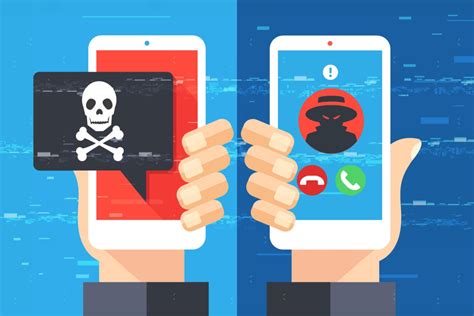The arrest of two individuals in the UK for running a homemade cell tower to conduct SMS phishing brings to light not only the technical dexterity involved but also the grave security implications this poses. By creating a rogue BTS (Base Transceiver Station), the duo lured unsuspecting mobile devices to connect to it, thereby exposing themselves to phishing attacks. This technique, while impressive from a technical standpoint, underscores the critical vulnerabilities that still exist in legacy mobile communication systems like GSM and 2G.
It is essential to understand the operational mechanics behind such an exploit. GSM, the globally accepted standard for second-generation (2G) cellular networks, allows for the transmission of SMS using the signaling channel initially designed for control messages. Historically, this approach was a clever hack to use available bandwidth efficiently. However, this very feature has become an open gateway for nefarious activities like phishing and data interception. Creating a rogue BTS is surprisingly straightforward for technically adept individuals. With an SDR (Software-Defined Radio) like BladeRF or LimeSDR and open-source software, one can establish such a network within hours.
User comments on related articles reveal the broader implications and the challenges faced while securing network infrastructure. Discussions about the reliability of Cloudflare’s security measures, such as their Turnstile service, bring a layer of nuance to the debate on digital security. As one user noted, simply using tools like Chromium and steering clear of VPNs might not mitigate all access issues, adding layers of complexity in maintaining secure and accessible digital environments.
Furthermore, this incident highlights an ongoing issue with older technology. Despite advancements in mobile communication networks, many devices still revert to 2G, particularly in areas with poor 4G or 5G coverage, making them vulnerable to such attacks. The ability to disable 2G on devices is a crucial step in protecting against such exploits, but many users remain unaware of this feature. As a tech journalist, it’s imperative to spread awareness about this simple yet effective preventative measure. Devices that lack a configuration option for disabling 2G should prompt users to press *#*#4636#*#* to access their phone’s information menu and set preferred network types.
The enforcement aspect, while necessary, also brings into question the interplay between legal actions and technological proficiency. In this case, law enforcement benefited from detection tools and methodologies typically associated with spectrum monitoring. This includes using spectrum analyzers to pinpoint and characterize unauthorized radio transmissions. Yet, broader implications arise regarding privacy and surveillance, especially when these tools fall into law enforcement hands. Prior reports note the capacity of service providers to track users with impressive precision, elevating the conversation about privacy concerns and government overreach.
A recurring sentiment in user comments touches on the capabilities and intentions of those with the technical know-how. Such skill sets could serve societal benefits if redirected towards ethical hacking or cybersecurity roles. However, societal and systemic restrictions, such as the stigma associated with criminal records, often leave talented individuals confined to underground activities. This dichotomy reflects broader socio-economic issues within the tech industry and beyond.
Examining the law enforcement response, the ability to track and mitigate these types of cybercrimes showcases both the preparedness and limitations of current police capabilities. The UK’s City of London Police, known for its competence, particularly in financial and organized crimes, plays an essential role. Its extensive surveillance capabilities, often perceived as a panopticon, underscore the tension between necessary security measures and potential overreach.
Ultimately, the incident is a wake-up call for both technology professionals and users. It illustrates the persistence of old vulnerabilities within modern infrastructures and the constant evolution of threats. By leveraging up-to-date security practices and pushing for broader public awareness, a more secure digital environment can be forged. Users should remain vigilant, tech-savvy, and adaptable, continuously updating their knowledge and tools to keep up with the ever-changing cyber threat landscape. As newer technologies emerge, the deprecation of older, vulnerable systems such as GSM and 2G should be a priority, ensuring a more secure communication standard globally.


Leave a Reply